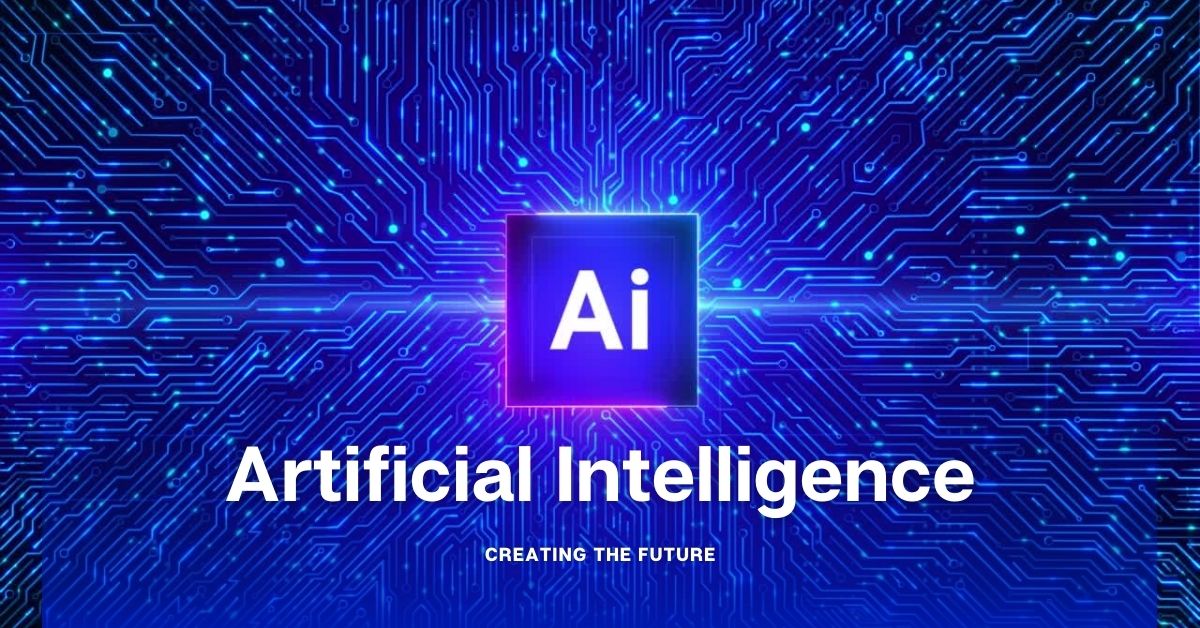AI in management and supervision is revolutionizing traditional practices, similar to previous technological advancements. It enhances efficiency, reduces costs, and minimizes the need for extensive human involvement. By automating repetitive and mundane tasks, AI allows individuals to concentrate on more significant responsibilities. Its capabilities encompass data analysis, quality checks, predictive maintenance, and streamlined production scheduling. This results in smoother operations, time and cost savings, and improved decision-making for managers and supervisors. Utilizing AI in management and supervision empowers companies to achieve enhanced efficiency while saving resources.
The Evolving Landscape of Management and Supervision
Here are specific instances demonstrating how AI automates tasks traditionally performed by manufacturing plant supervisors, potentially reducing workforce needs:
- Quality Control: AI-powered computer vision systems automatically inspect and detect defects in manufactured products. This reduces the necessity for manual inspections, potentially reducing the number of quality control personnel.
- Predictive Maintenance: AI algorithms analyze sensor and machine data to predict maintenance requirements and identify potential failures in advance. Proactive maintenance planning reduces the need for constant monitoring and manual checks by supervisors.
- Production Planning and Scheduling: AI algorithms optimize production planning and scheduling by analyzing historical production data, market demand, and other factors. This automation minimizes the time and effort required for manual production planning, potentially reducing the number of supervisors involved.
- Inventory Management: AI algorithms analyze sales data and market trends to forecast demand and optimize inventory levels. Accurate demand predictions assist supervisors in making informed decisions about stock levels, reorder points, and replenishment schedules. This automation reduces the need for manual inventory analysis.
- Data Analysis and Reporting: AI-powered analytics tools automate data analysis and generate comprehensive reports. Machine learning algorithms enable supervisors to extract insights quickly and identify trends or anomalies. This reduces the time and effort spent on manual data analysis and reporting tasks.
These examples illustrate how AI automates specific tasks performed by manufacturing plant supervisors. By leveraging AI technologies, supervisors can streamline operations, improve efficiency, and potentially reduce the workforce required for specific tasks. This allows them to focus on more strategic and value-added activities.
Job Impact
Technological advancements have resulted in job displacement, but it doesn’t signify a negative outcome. Throughout history, technology has propelled progress and improved lives by enabling faster and better operations. While some jobs may become obsolete, new employment opportunities emerge. Adapting to these changes requires continuous learning and acquiring new skills. By embracing the positive aspects of technology and preparing for the future, individuals can navigate job loss and capitalize on the benefits offered by new technologies.
Preparing for Change
How Managers, Supervisors, and Workers Can Adapt In our rapidly evolving world, managers, supervisors, and workers must adapt to changing technologies and job requirements. Proactively developing new skills and embracing lifelong learning becomes crucial in the face of automation and AI-driven transformations. Displaced workers should assess their existing skills and identify areas where they can acquire in-demand skills. This may involve participating in training programs, attending workshops, or pursuing further education. Exploring emerging industries aligned with their interests and transferable skills is essential. Networking, seeking mentorship, and leveraging online job platforms can help displaced workers connect with potential opportunities. Adaptable, resilient, and open-minded attitudes enable individuals to thrive in a dynamic job market and leverage new avenues for employment.
Organizational Strategies for Managing the Transition
Organizations employing AI can take specific steps to support their workers during the transition. First and foremost, offering training programs that educate employees about AI and its practical applications is crucial. This can involve workshops, online classes, and dedicated resources. Encouraging employees to maintain a learning mindset and remain open to new technologies is equally important. Creating opportunities for employees to explore new ideas and experiment with AI fosters innovation. Effective communication, listening to employee concerns, and involving them in decision-making contribute to a positive work environment. Organizations facilitate a smoother transition to AI implementation by supporting and engaging their workforce.
Conclusion
AI is transforming the roles in management and supervision, leading to improved efficiency and cost savings. While specific jobs may be displaced, new opportunities emerge. Adapting to these changes requires learning new skills and embracing new prospects. Organizations play a vital role by providing training, fostering continuous learning, and involving employees in decision-making processes. With the integration of AI, companies can optimize operations, enhance efficiency, and cultivate a positive work environment.
Suggested reading:Supervisors: Essential to Establishing Clear Structure and Expectations

